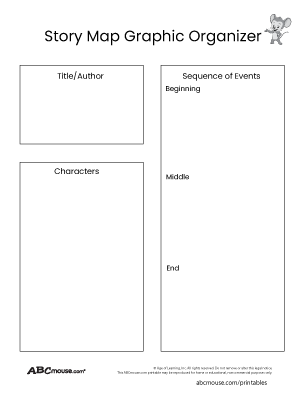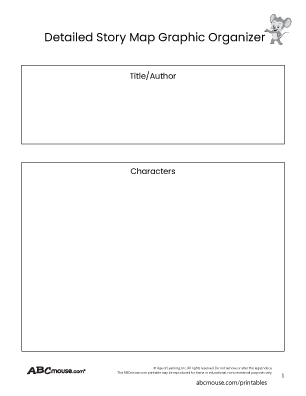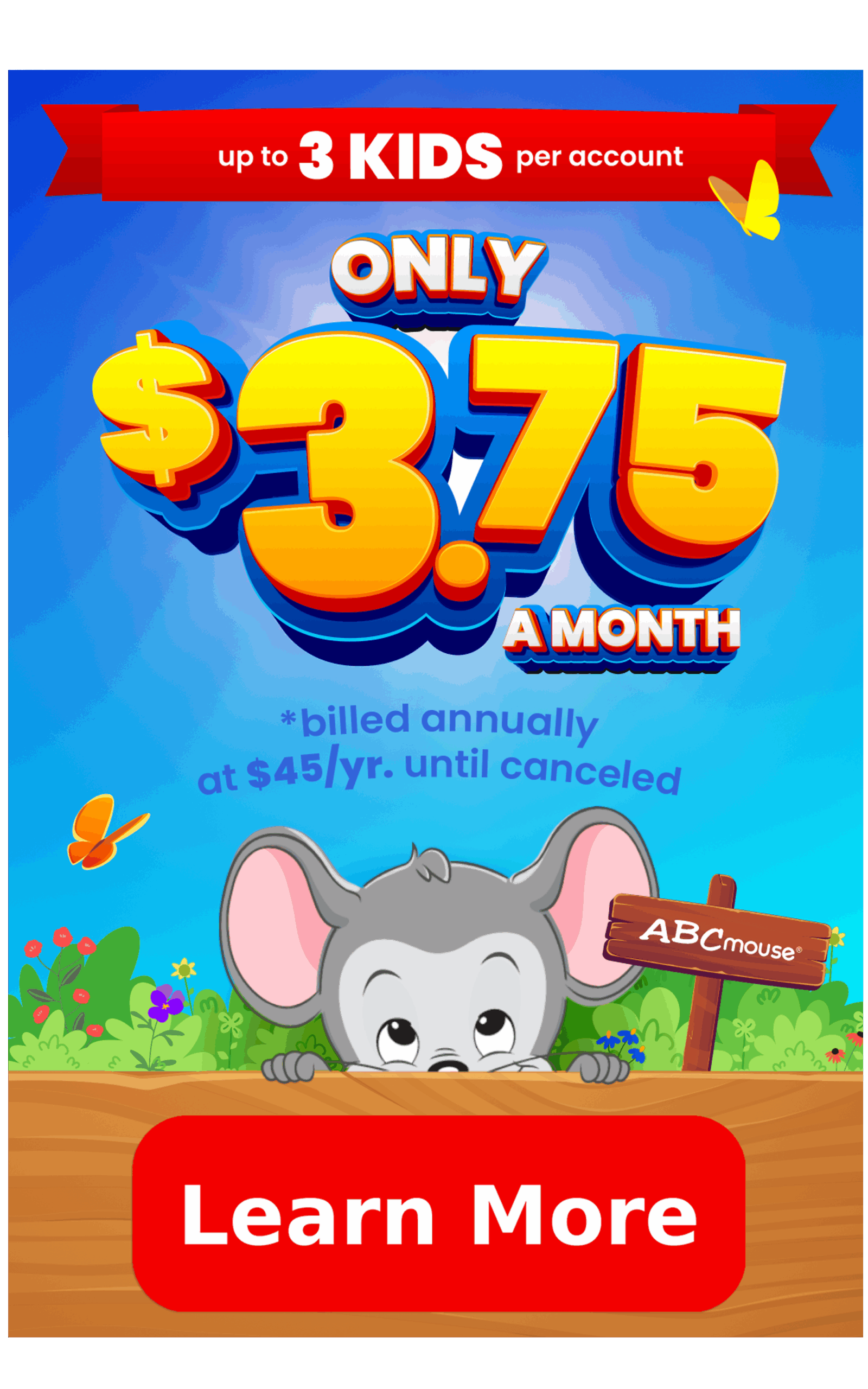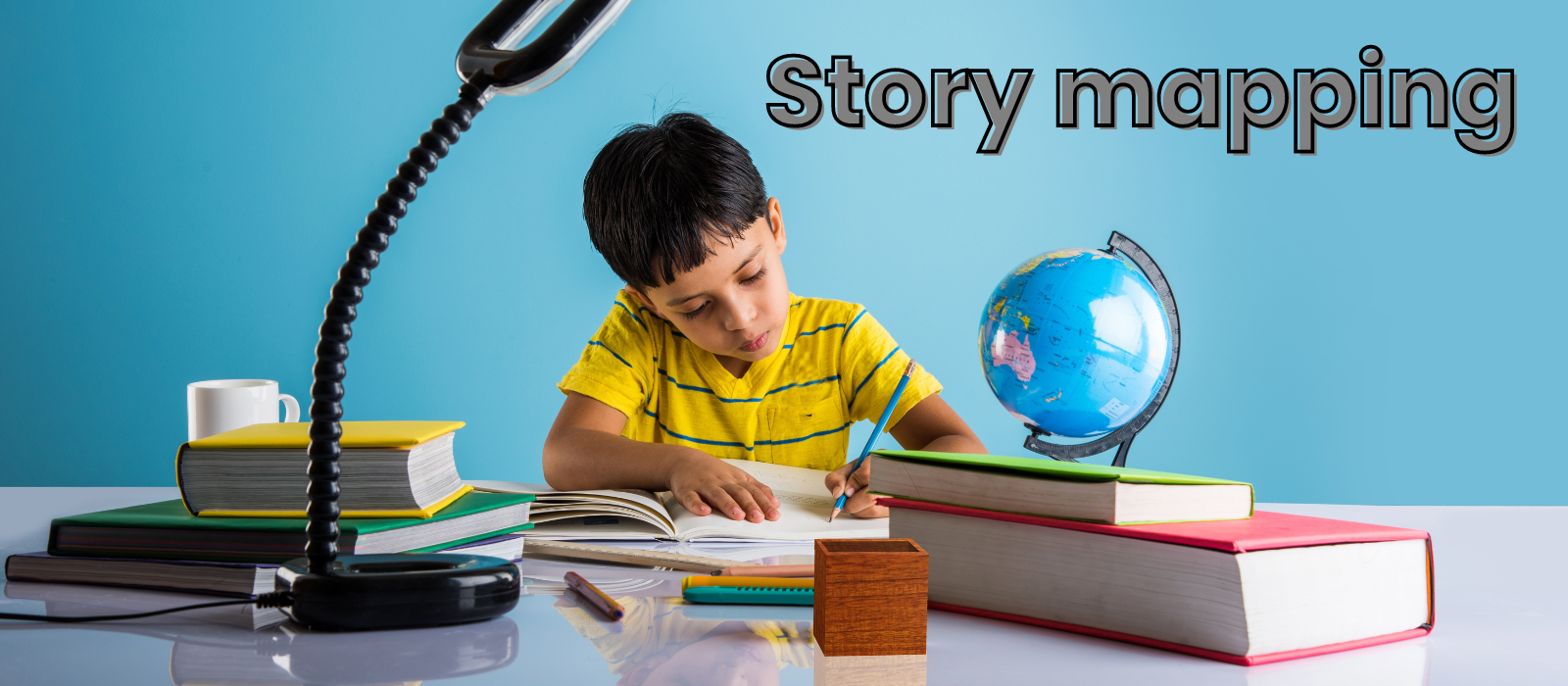
Story Mapping for Kids (Free Printable Graphic Organizers)
Learn how story mapping impacts reading fluency, find ideas for using it with your child, and get free printable story map templates.
Learning to read is an exciting time for any child, but it’s important to remember that there’s more involved than just sounding out the words. Fluent readers also comprehend what they read and can recall and analyze details about the story.
Using a technique called story mapping can help children become fluent readers and grow their reading comprehension skills. Below, you’ll learn how story mapping works, find ideas for using it with your child, and get free printable story mapping resources to use at home.
What is a Story Map?
A story map is a visual way of organizing information about a text.
Story mapping helps readers recall specifics about characters, setting, plot points, and more. When students use a story map while they read, they’re more likely to notice and recall important details. This makes it easier for them to analyze and evaluate the text when they participate in class discussions or write a report or essay.
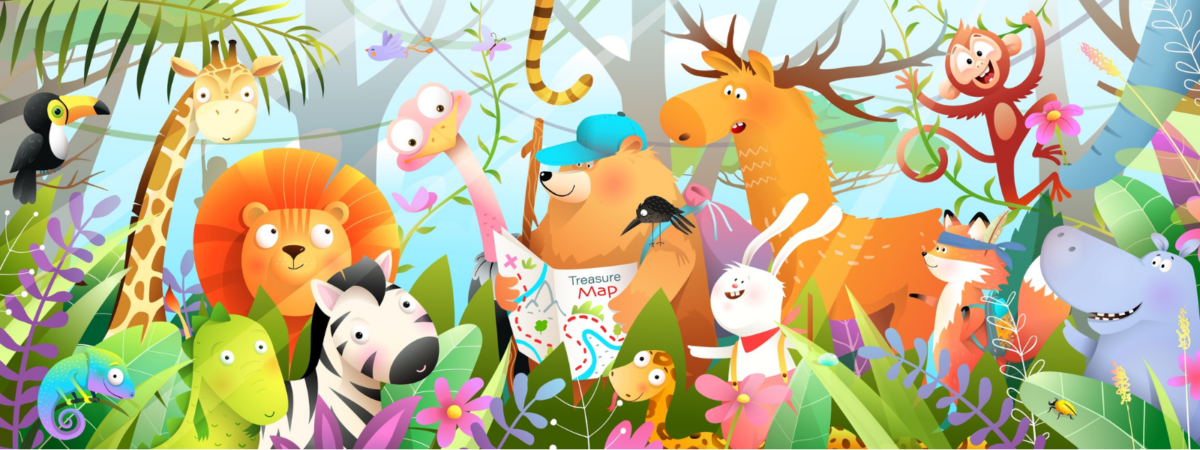
Writers also use story maps to help them plan their narratives. They’re a place to jot down notes about characters and their development, keep a timeline of plot events, and ensure the storyline is engaging and logical.
Story Mapping vs. Story Sequencing
Story mapping and story sequencing are two reading comprehension tools that are closely linked, but story mapping is much more comprehensive.
Story sequencing focuses specifically on the main events (plot points) that happen in the story and the order they occur. Learn more about story sequencing and sequence of events here.
Story maps include a sequence of events (plot/narrative arc), but they also incorporate details about characters, setting, themes, and more.
Story Map Elements
At their most basic, story maps include these elements:
- Title/Author
- Characters
- Setting
- Sequence of Events (Beginning, Middle, End)
More detailed story maps contain additional information, such as:
- Character characteristics, relationships, and development
- Main Problem/Conflict and Solution
- Narrative Plot Arc
- Theme/Main Idea
Another way to think of story mapping is to answer the Five Ws:
- Who?
- Where?
- When?
- What?
- Why?
How to Use Graphic Organizers for Story Mapping
Graphic organizers go hand-in-hand with story mapping and are a simple tool for mapping out the details of a text. Students can create their own graphic organizer or use free printable options that guide them through the story mapping process.

Encourage your child to use a story map graphic organizer as they read, making notes along the way. This ensures they get the details right, instead of relying on their memory. For shorter texts, they can read the story through once, then re-read it and complete their organizer as they go.
Need some free stories to use for story mapping? Check out ABCmouse’s collection of Animated Fables and Beginning Reader stories on YouTube.
Story Map Example
For simple stories that younger children are reading, map out these details:
Title/Author
Write the title and author (if applicable) of the book or story.
Example: Goldilocks and the Three Bears
Characters
Include each main character’s name and simple details, such as their relationships to the other characters.
Example:
- Goldilocks: Main character, little girl with blond hair
- Papa Bear: Father of the bear family, biggest bear
- Mama Bear: Mother of the bear family, middle-sized bear
- Baby Bear: Child of the bear family, smallest bear
Sequence of Events
Describe the most important and exciting things that happen in the story, at the beginning, middle, and end.
Example:
- Beginning: The three bears leave the cottage in a hurry, with their breakfast porridge still on the table.
- Middle: Goldilocks comes into the house. She eats some porridge, sits in and breaks a chair, and then goes to sleep in Baby Bear’s bed.
- End: The bear family comes home and finds their porridge eaten, chair broken, and a strange little girl sleeping in one of their beds. They scare her and she runs off towards home.
Detailed Story Map Graphic Organizer
Longer texts require more detailed story maps, with additional information about characters, setting, and plot, as well as some analysis of the text. Consider including these sections:
Title/Author
Write the title and author of the book or story. Other information like the original copyright date (when the story was written) or information about the author might be helpful too.
Characters
Include each main character’s name, and provide details about them such as their appearance, personality, and relationships to other characters. Indicate which are the protagonist (the main character you’re rooting for) and antagonist (characters that make things harder for the protagonist). You may also wish to include important minor characters in this section.
Be sure to leave space to take notes about character development (how the characters change) as the story goes on. Pay special attention to how some characters may be different at the end compared to the beginning.
Setting
This is the time and place of the story. Include an overall setting and time (“A small town in Iowa in the 1960s”), as well as more details about specific locations in the story (“Smith house, Gonzalez house, Edgewood Middle School, community park) and timing (“over the course of one school year, starting in September and ending in June”). Also include key background information, such as “World War II has started but the U.S. has not yet joined the fight.”
Plot Arc (Sequence of Events)
Describe the most important and exciting things that happen in the story. Depending on the length of the book, it might make sense to map these out chapter by chapter. Many students like to draw the map like a rollercoaster, showing these elements:
- Introduction and Background Info: Where the characters are and what they’re like at the beginning of the story
- Rising Action: Exciting events that set the story in motion
- Climax: The turning point or most intense part of the story
- Falling Action: Events that deal with the fallout from the climax
- Resolution: The end of the story, describing where the characters are now and how they’ve changed
Problems or Conflicts
To identify problems or conflicts in a story, ask questions like:
- What is the main character worried, angry, or sad about?
- Why do characters in the story fight or disagree?
- What do the main characters need or want to do, and what keeps them from doing it?
Solutions
For each problem or conflict you list, write down the ultimate solution to that problem. For instance, if two characters disagree over something, did they eventually come to an agreement or compromise? If one character wanted to do something but faced obstacles, how did they overcome them?
Themes
Think about what the author wants you to learn from the story. Does the story point out the importance of cooperation and working together? Does it show that people should learn to be more understanding and tolerant of what makes them different? Questions like these can help you identify a story’s themes.
Story Mapping with ABCmouse
ABCmouse’s collection of reading comprehension printable worksheets and online games includes lots of fun, interactive ways to practice elements of story mapping. Here are some to try:
- The Mystery of the Missing Ball: Identify characters, setting, and events to solve the mystery.
- Granny Franny’s Central Messages: Figure out the themes (central message) of Granny’s stories.
- Storyteller: The Grasshopper and the Ants: Identify the characters, setting, events, problem, and solution in the classic story.
- The Fox and the Stork Story Moments: Recall setting, characters, problems, and solutions in the story.
- Who, What, Where, With Stanley: Answer questions about key details in a story.
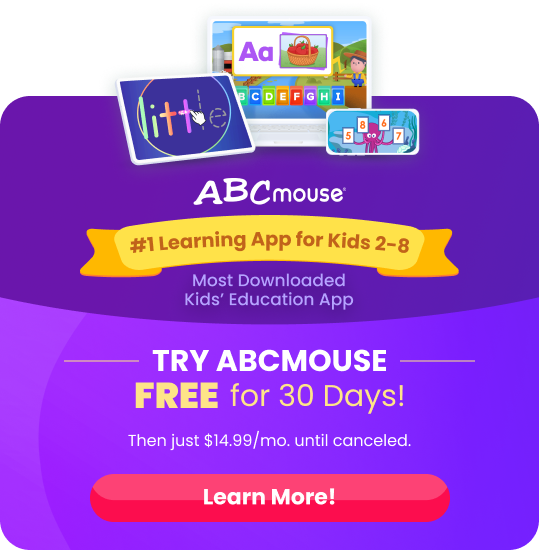
Additional Resources
ABCmouse offers resources for parents and activities to help children keep learning. Here are a few examples.
Preparing Your Preschooler for Reading
Tips and strategies to help get your preschooler ready to start reading.
Browse ➜
How to Teach Phonics to Kindergartners
Tips and activities to help make learning phonics fun for your kindergartener.
Browse ➜
Free Printable Vowel Worksheets
Check out our collection of vowel worksheets for preschoolers and up.
Browse ➜
ABCmouse’s expert advice review process:
Our team of ABCmouse Curriculum Experts, made up of talented professionals in early childhood education and development, take a close look at educational content and learning claims. They put in the effort to make sure our information is accurate and current. We have a certified educator or another respected authority review the content, matching their expertise with the topic at hand. They’ll make sure the content is thorough and follows the latest research and educational guidelines. If they think we can make things even better, they’ll chat with our editorial team, and we’ll make those improvements right away. Only after a reviewer gives their thumbs-up does a piece of content get the official stamp of approval in the byline.
Legal Disclaimer: Any information, materials, or links to third-party resources are provided for informational purposes only. We are not affiliated with and do not sponsor/endorse these third parties and bear no responsibility for the accuracy of content on any external site.


